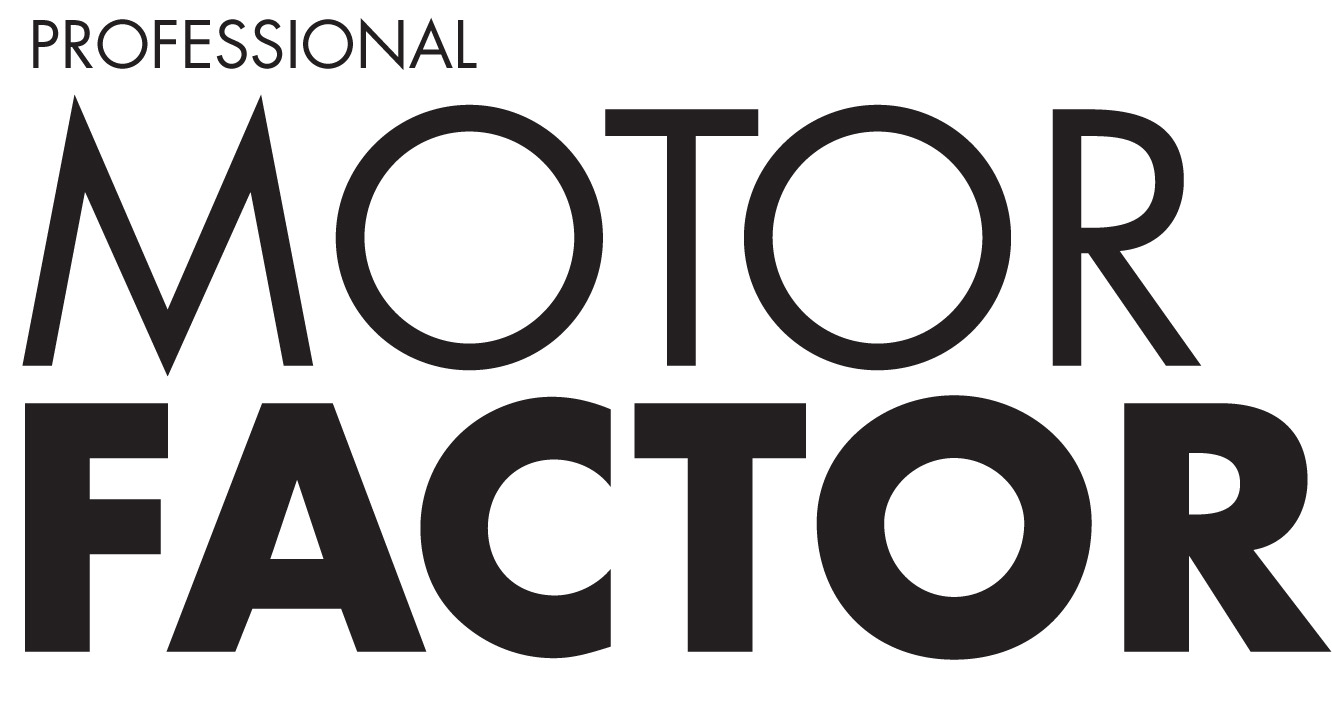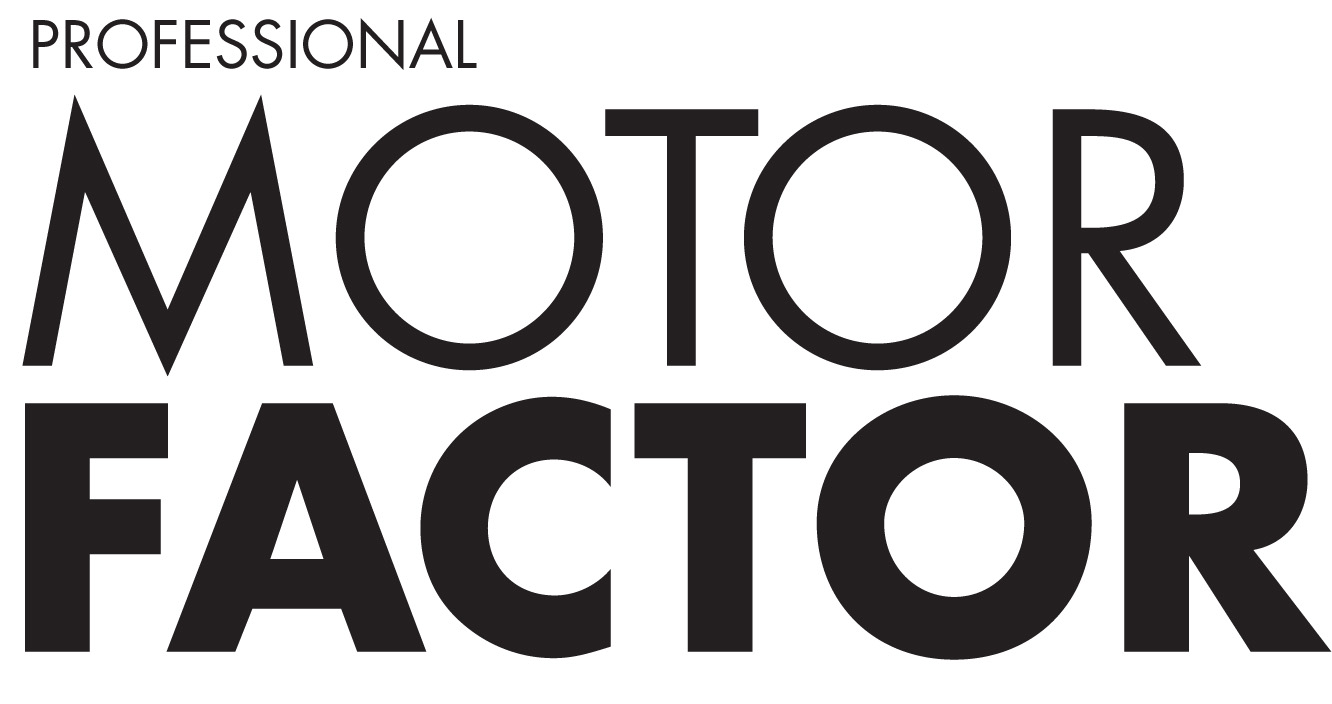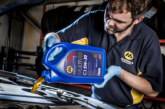Bilstein evaluates ball joints and stabiliser bars
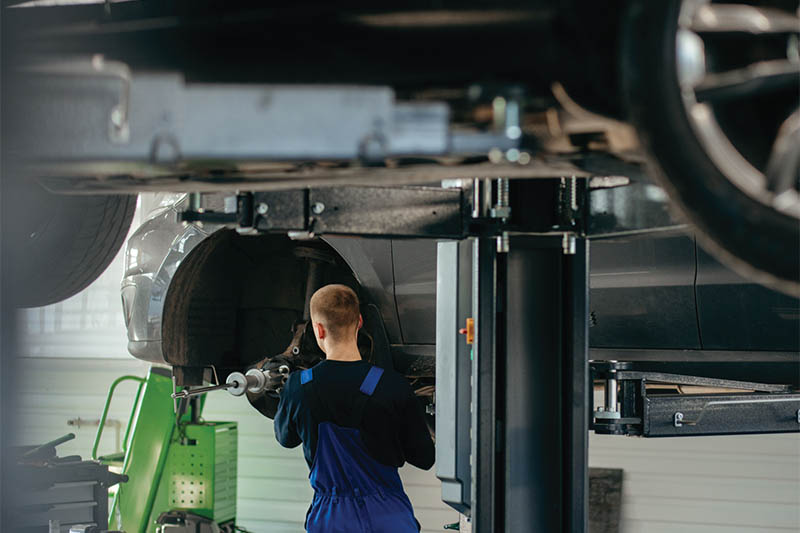
Bilstein Group UK Technical Marketing Manager, Charles Figgins, provides a detailed, informative overview of ball joints and stabiliser bars.
The ball joint is an important part of a vehicle’s suspension system, a multi axial-connecting component that is a feature of control arms, stabiliser links, tie rod and tie rod ends.
Its job is to be the connecting point from the vehicle’s steering and suspension system to the road wheels. The spherical ball pin and socket design of the ball joint enables the suspension to travel up and down as the road surface conditions continually change.
Our febi ball joints are produced with high quality materials, in accordance with the OE standards, for performance and durability. This ensures accurate wheel alignment, eliminating suspension noise and improving chassis handling.
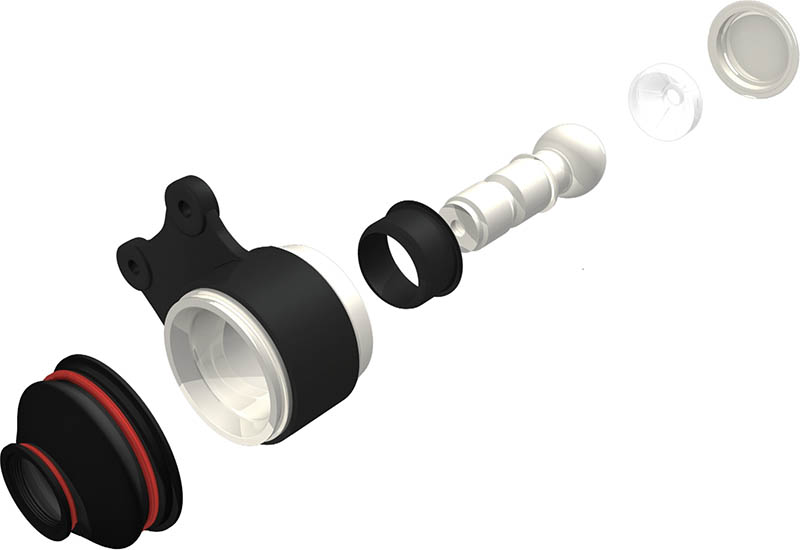
What do you know about stabiliser bars?
The stabiliser bar is a component of the suspension and connects the wheel suspension of an axle with the body structure. Many cars are equipped with a stabiliser bar on the front axle and some of them have one on the rear axle as well.
Stabiliser bars have been installed in passenger cars for many decades and have remained practically unchanged in this time. Motorists know little about these components too, even though they play a significant role in providing a safe and comfortable journey.
Why? Because without a stabiliser bar, vehicles would overturn in corners, and driving comfort would be drastically reduced when driving straight ahead as well. As a rule, even knocking noises from the suspension are attributable to a fault in the stabiliser bar area.
Failure of or damage to the stabiliser bar is mostly inexpensive because of the relatively low material costs and straightforward installation. But a word of caution: If the stabiliser bar is damaged, the vehicle should not be moved. Failure increases the risk of the rolling motion of the body structure, getting out of control and the vehicle overturning.
Design and function
The stabiliser system also consists of other components, like stabiliser links and stabiliser bearings. The stabiliser bar is mostly mounted on a subframe and in rubber bearings. The stabiliser links connect the stabiliser bar to the suspension struts or, alternatively, to the control arms. Special ball joints on the stabiliser links ensure the necessary freedom of movement to allow the stabiliser bar to do its job flawlessly.
When a wheel deflects, the torsion of the stabiliser bar ensures that the other wheel is also raised and likewise lowered upon rebound. This prevents excessive rolling (lateral tilting) of the body when cornering. If the two wheels deflect simultaneously, the stabiliser bar does not activate.
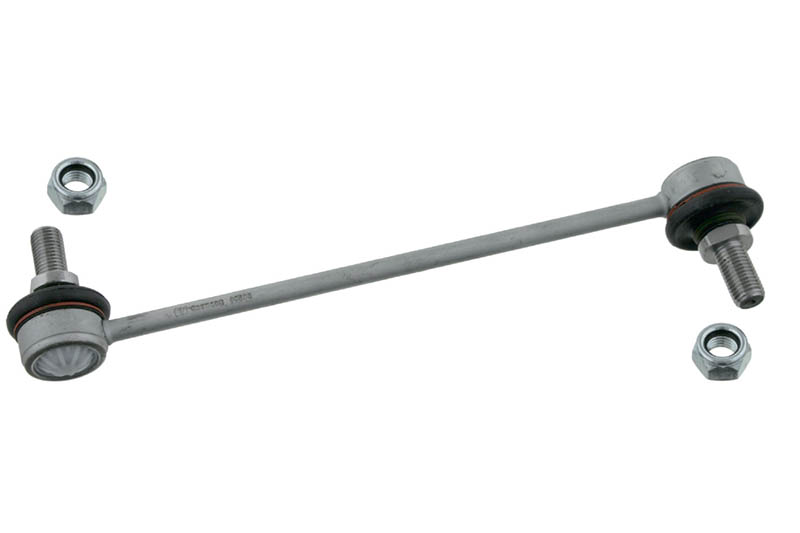
What indicates a failure or damage?
Loud knocking noises frequently occur in the suspension when driving over bumps or potholes. These are mostly caused by worn bearings or defective ball joints on the stabiliser links.
In the case of worn bearings, an unintended play arises between bearing and stabiliser bar, and the stabiliser bar begins to rattle in the bearings on deflection and rebound.
A frequently installed type of stabiliser link features ball joints that are protected by a rubber boot from spray water and external influences. They are also packed with grease to make the movement as smooth as possible.
Every now and then, the rubber boot or the associated seal is damaged. This allows water to enter and provides for unnaturally high wear. This leads to too much play in the joints, which leads to the noises mentioned above.
